
The science of temperature and flavour
It’s generally accepted red wine tastes better at room temperature and white wine should be served chilled. But why does temperature have such a dramatic effect on the flavour of our favourite drinks?
Are we drinking our whites too cold? Should vodka be kept in the freezer? Do the neighbourhoods of provincial France and coastal Spanish towns have it right when they say you should serve some red wines chilled?
The simple truth is your customers should be encouraged to drink whatever they like at whichever temperature they most enjoy – we’re all different, after all. But if you want to learn a bit more about the science behind why temperature makes things taste different – and maybe even encourage your customers to try a few new things - read on…
Does temperature affect flavour of drinks?
Our taste buds are fascinating and complicated things. We have around 4,000 of them on the top and sides of our tongues, enabling us to distinguish approximately 100,000 different flavours.
The effect temperature has on our perception of taste has been scientifically studied for more than a century. We know changes in the temperature of food and drink influences the taste intensity of sour, bitter and astringent flavours with ‘pleasure receptors’ being stimulated by certain combinations.
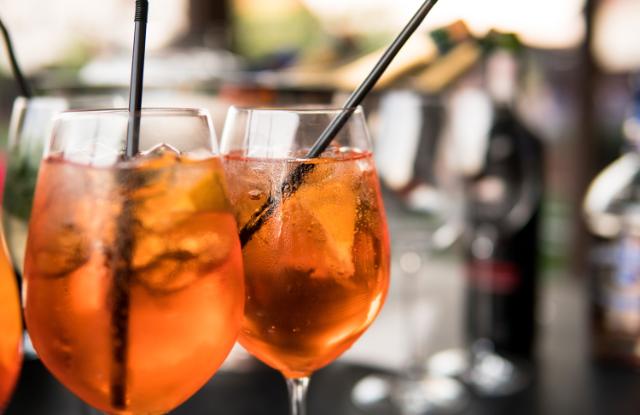

What else affects flavour?
All our senses affect taste, but particularly our sense of smell.
Try holding your nose, closing your eyes and eating some chocolate. You might not even know what you’re eating, because without your sense of smell, chocolate just tastes sweet or bitter.
So if you’ve ever wondered why sommeliers, buyers and the likes of wine expert and TV personality Oz Clarke stick their noses right into a glass of wine before taking a sip, now you know.
Who’s right about ideal drinks temperatures?
The temperature at which drinks are served is as much about culture as it is personal preference. Nothing’s set in stone.
For example, people in North America tend to prefer ice-cold water at mealtimes, whereas Europeans are usually happy with it just below room temperature. In Asian countries, meanwhile, you’ll often find people drinking hot water or tea with their food.
But the temperature at which you drink alcoholic beverages can have a huge impact on the overall aroma and taste profile. In fact some experts say a change of just a few degrees can affect something like the flavour of wine so much customers will think it’s a different type entirely – and may even think the quality’s been compromised.

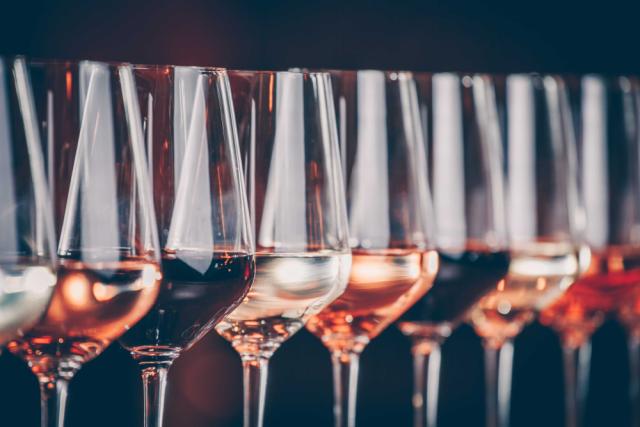
How to serve wine at the right temperature
Many experts believe we generally drink our red wines too warm, which means the flavour of alcohol will be over-emphasised, leaving the product flat and monotonous. Serve it too cold, however, and you’ll restrict the aromas while causing the tannins in the wine to become overwhelming.
White wine on the other hand is usually served very cold, but if it’s too cold some of the flavours will be masked. Somewhere between 4oC and 10oC is ideal.
Best serving temperatures for beer
If your customers tend to be beer drinkers, they’re probably used to enjoying their favourite tipple straight from the fridge. But beer that’s chilled down too much can have a negative impact on the drinking experience, because ice-cold temperatures can end up ruining its flavour.
Why? The colder the beer, the less carbonation is released, so the less aroma the beer gives off – and that can be bad news given how important aroma is to taste. Also, go too cold and you’ll numb the palate, rendering the tongue incapable of discerning many of the beer’s flavours.
Aim for 4°C to 6°C for bottled beer and 5°C to 8°C for standard lager and kegs, while 11°C to 13°C is perfect for cask ales.
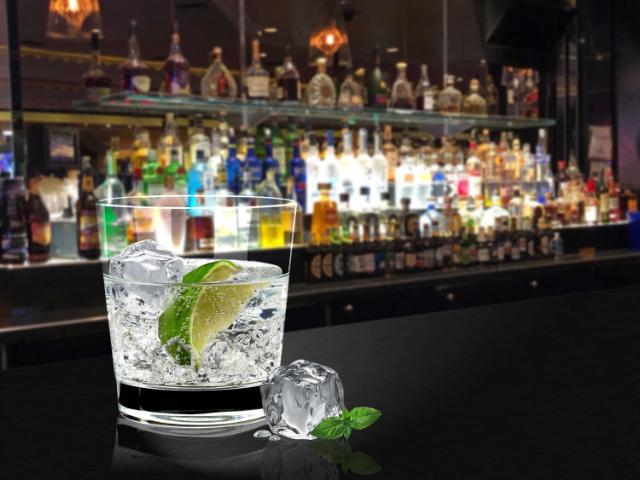
Should gin and vodka be served chilled?
Gin is another example of a product usually served chilled, but experts recommend tasting it at room temperature first - and neat. In fact, all spirits—vodka included—are best sampled this way.
This allows the nuances of the gin to be most apparent. But be warned; the alcohol will feel more powerful, so advise your customers to sip it gently!
How do I keep drinks cold without affecting their flavour?
Once you have your drink at the perfect temperature, you’ll want to keep it that way.
A glass froster is a great way to ensure your customers chilled drinks stay that way. This handy bit of kit is designed to super chill glassware ready for service. You can put hot glasses from the dishwasher into the glass froster to chill them in no time.
This is incredibly handy for bartenders. It saves you having to pre-chill glasses with crushed ice during cocktail shakes means room temperature white can be enjoyed at the right temperature immediately.
But of course, the longer you have it in your hand, the faster it will warm up. Aside from always holding the glass by the stem, you could of course pop a couple of ice cubes in to keep the temperature down, but this will inevitably dilute the liquid. Not a problem for whisky, which is often served on the rocks or with a splash of water to release the aroma and flavour anyway, but not so great for wine.
A brilliant alternative in this scenario is to try adding a few frozen grapes. This will chill the wine without diluting it, while creating an interesting spectacle that creates a real talking point for customers.
Having said all this, the most important thing is to keep your customers happy, so if they prefer vodka straight from the freezer or white wine on the warm side, try to plan for all eventualities so you can cater to their needs. Everyone’s palate is different and enjoyment comes in many forms.

More content...
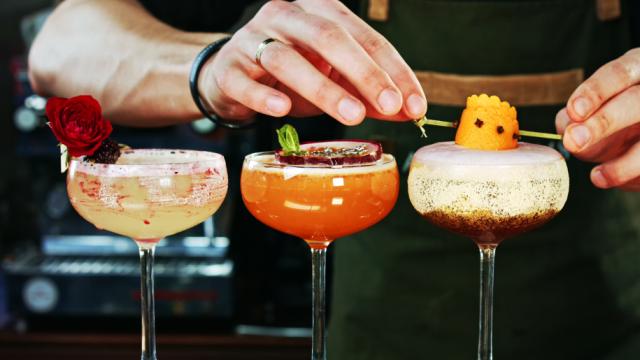
Drinks temperature guide

Future trends
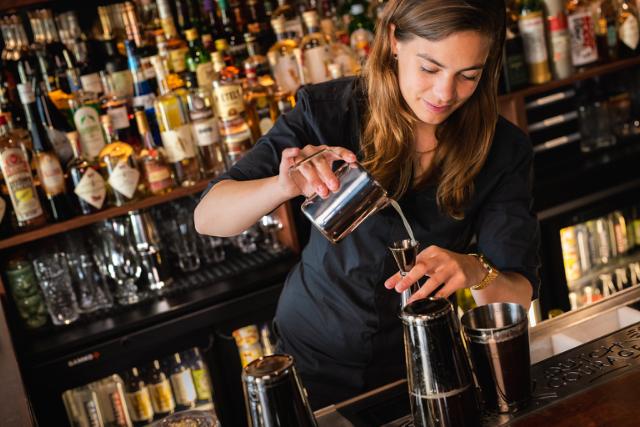
Creating the perfect serve

